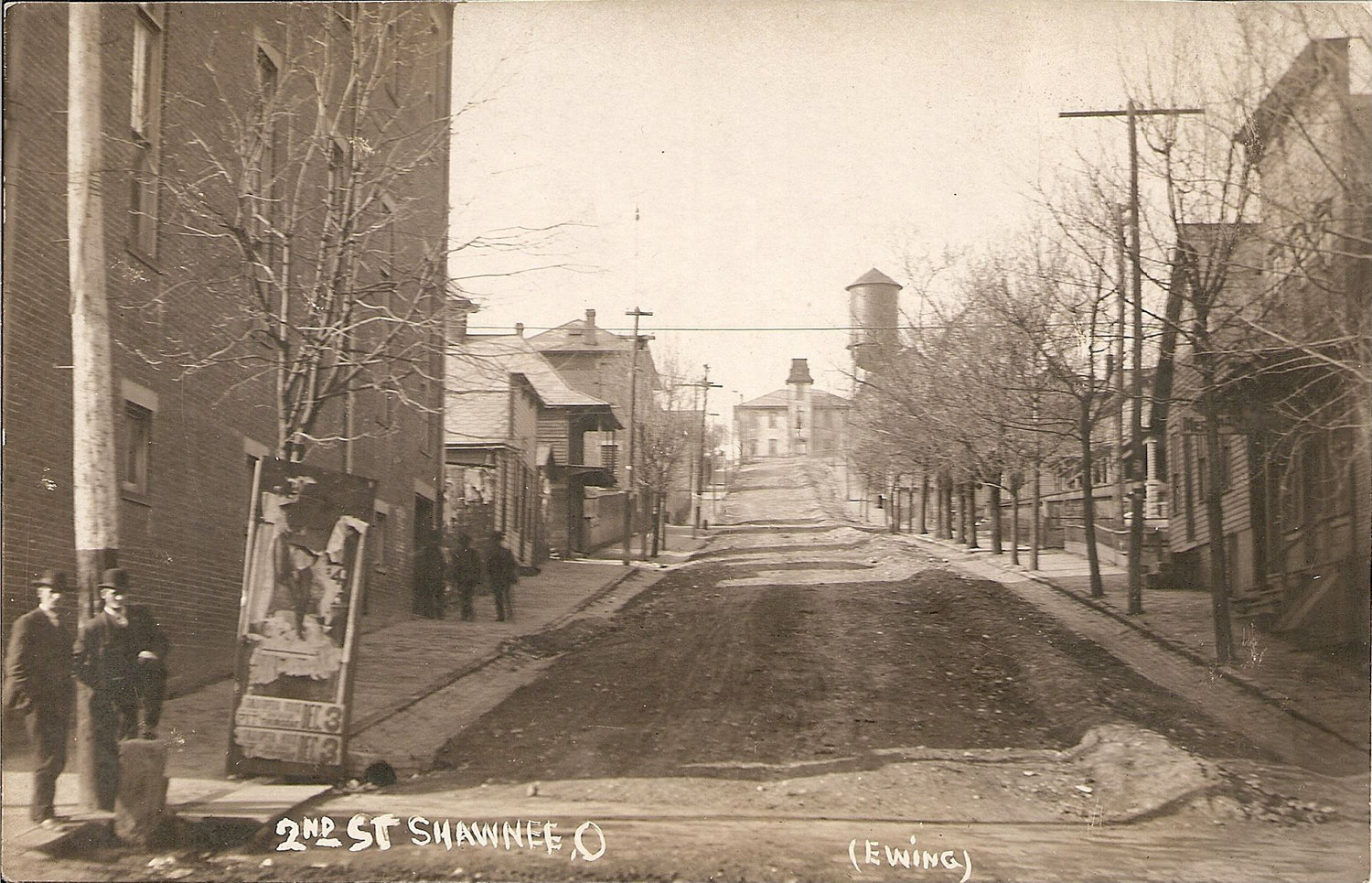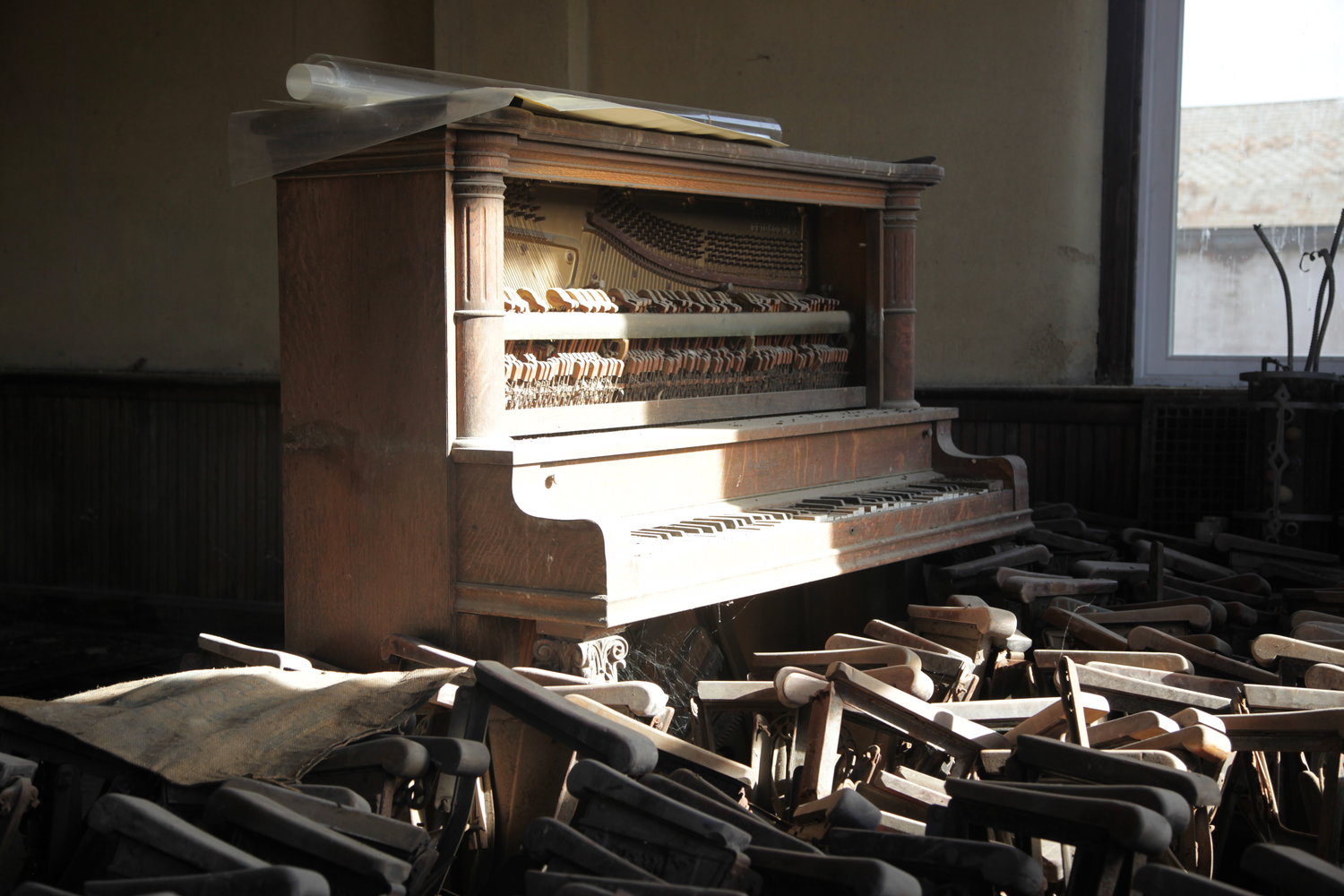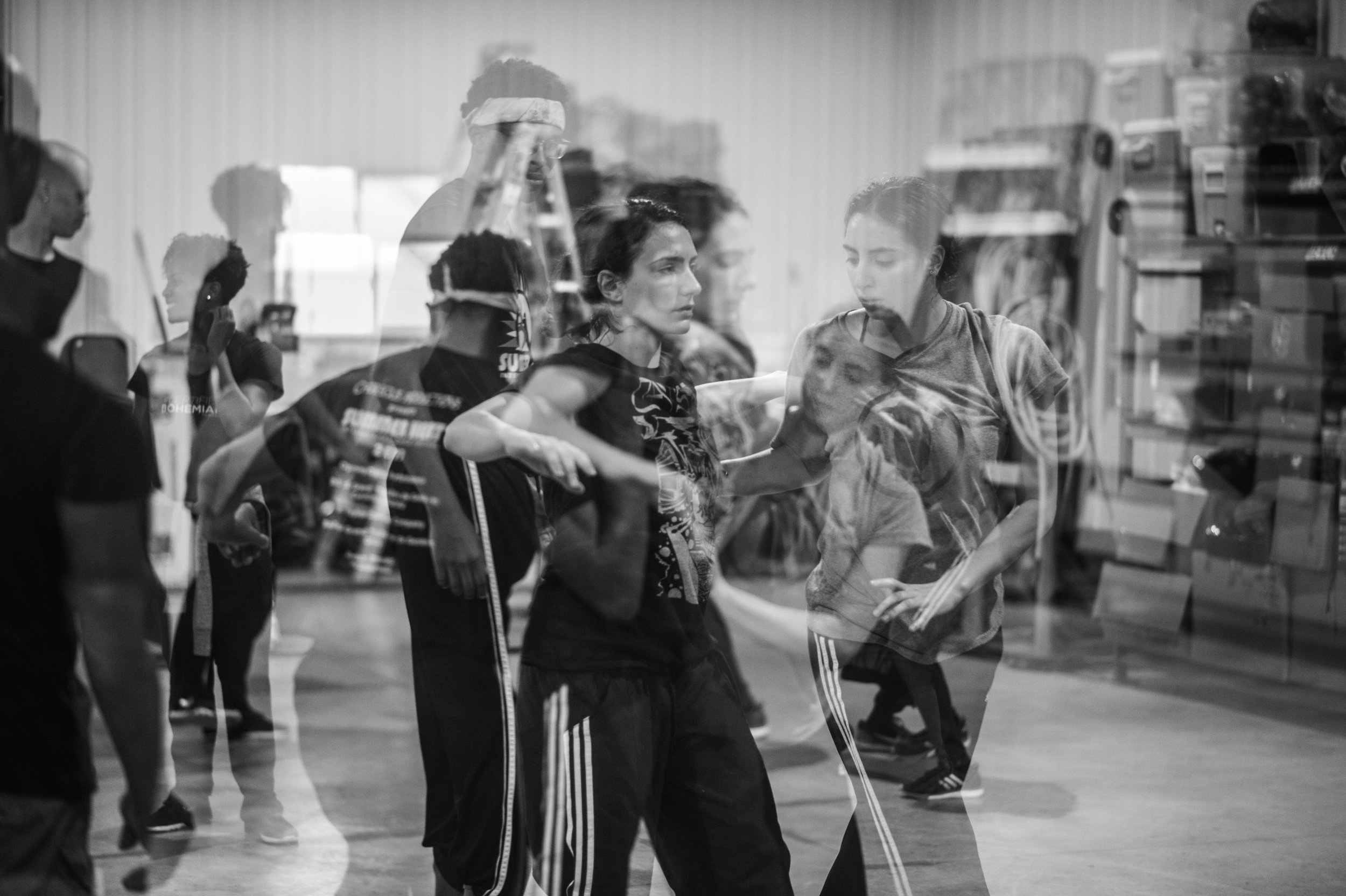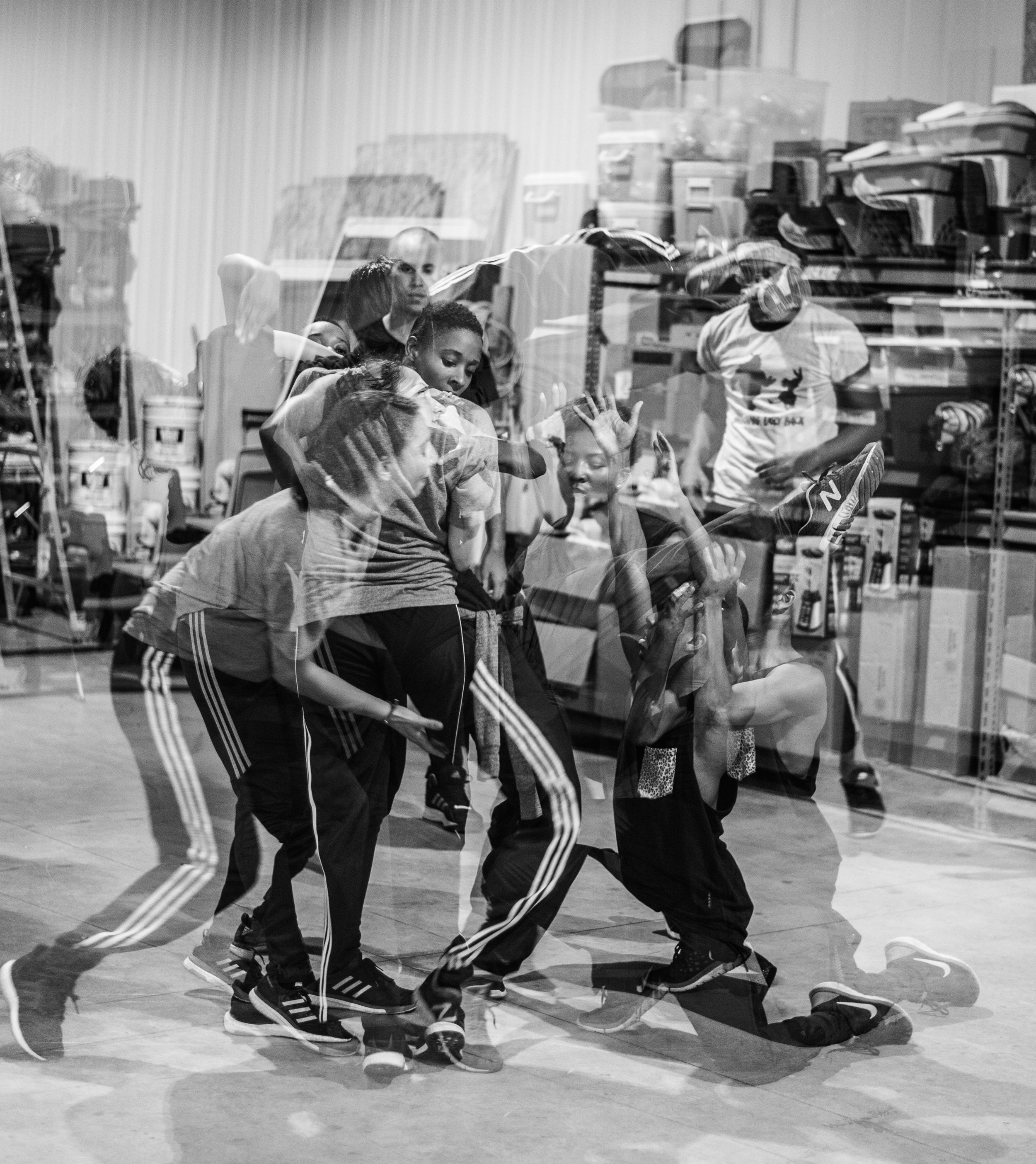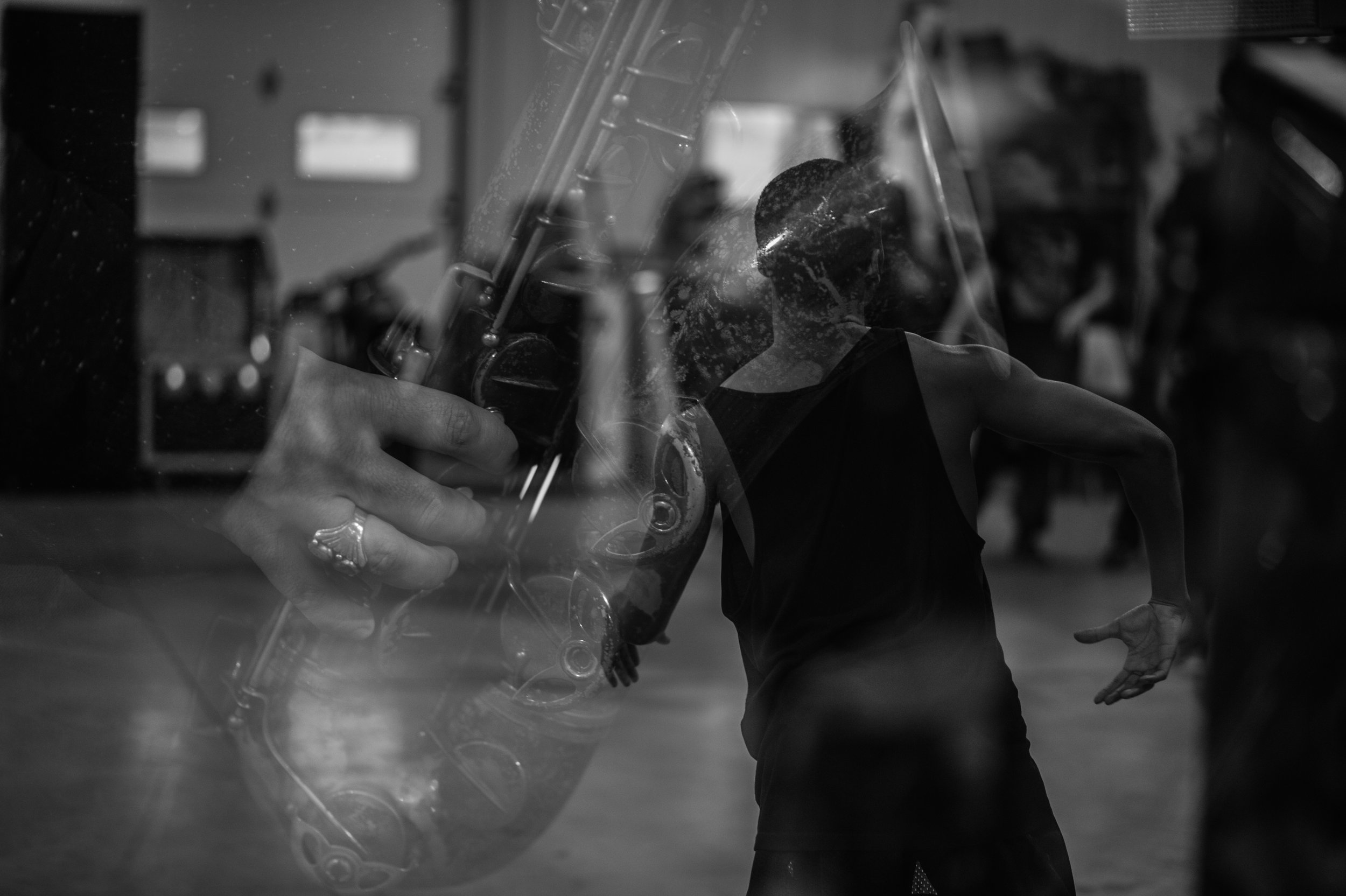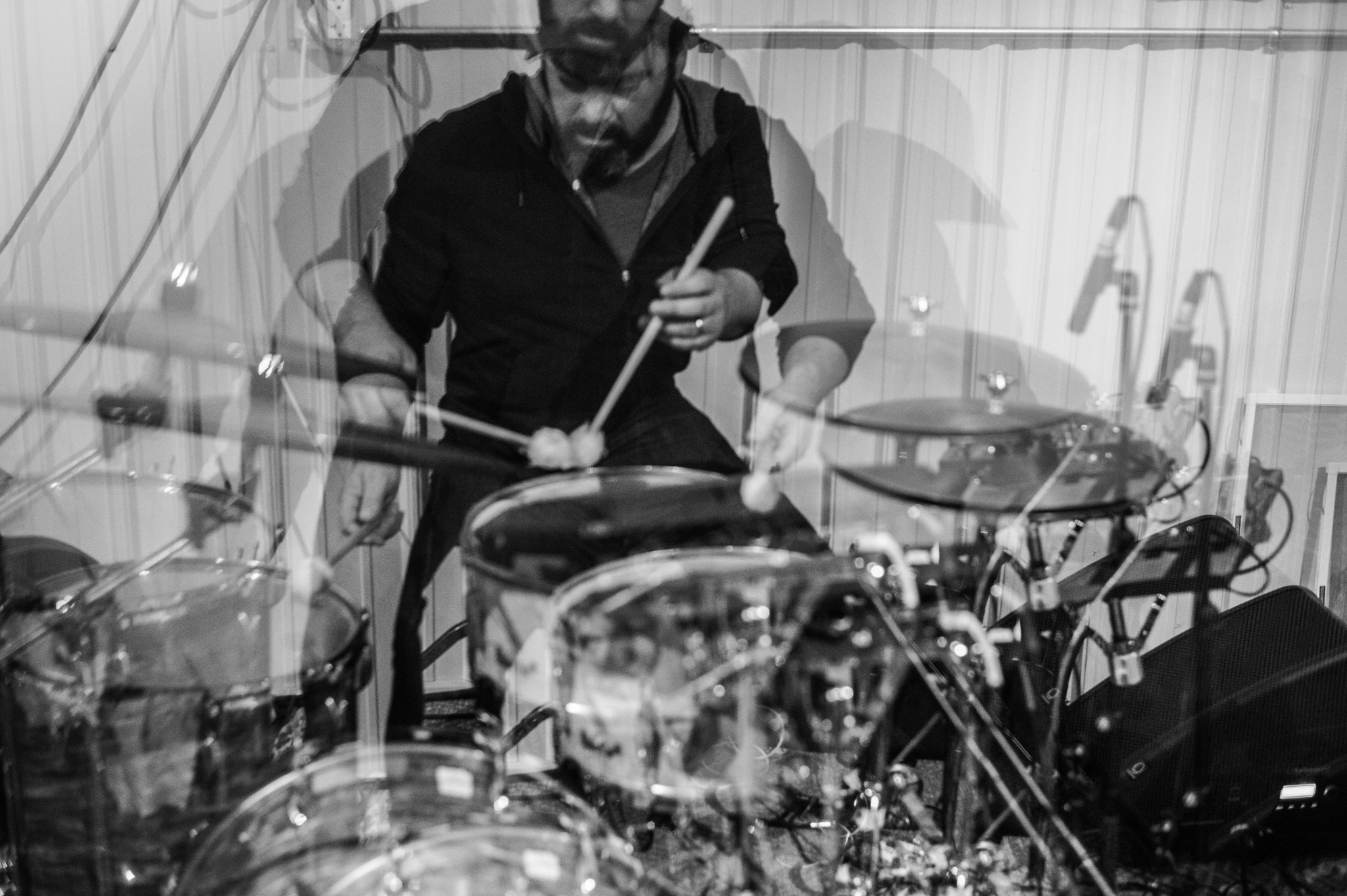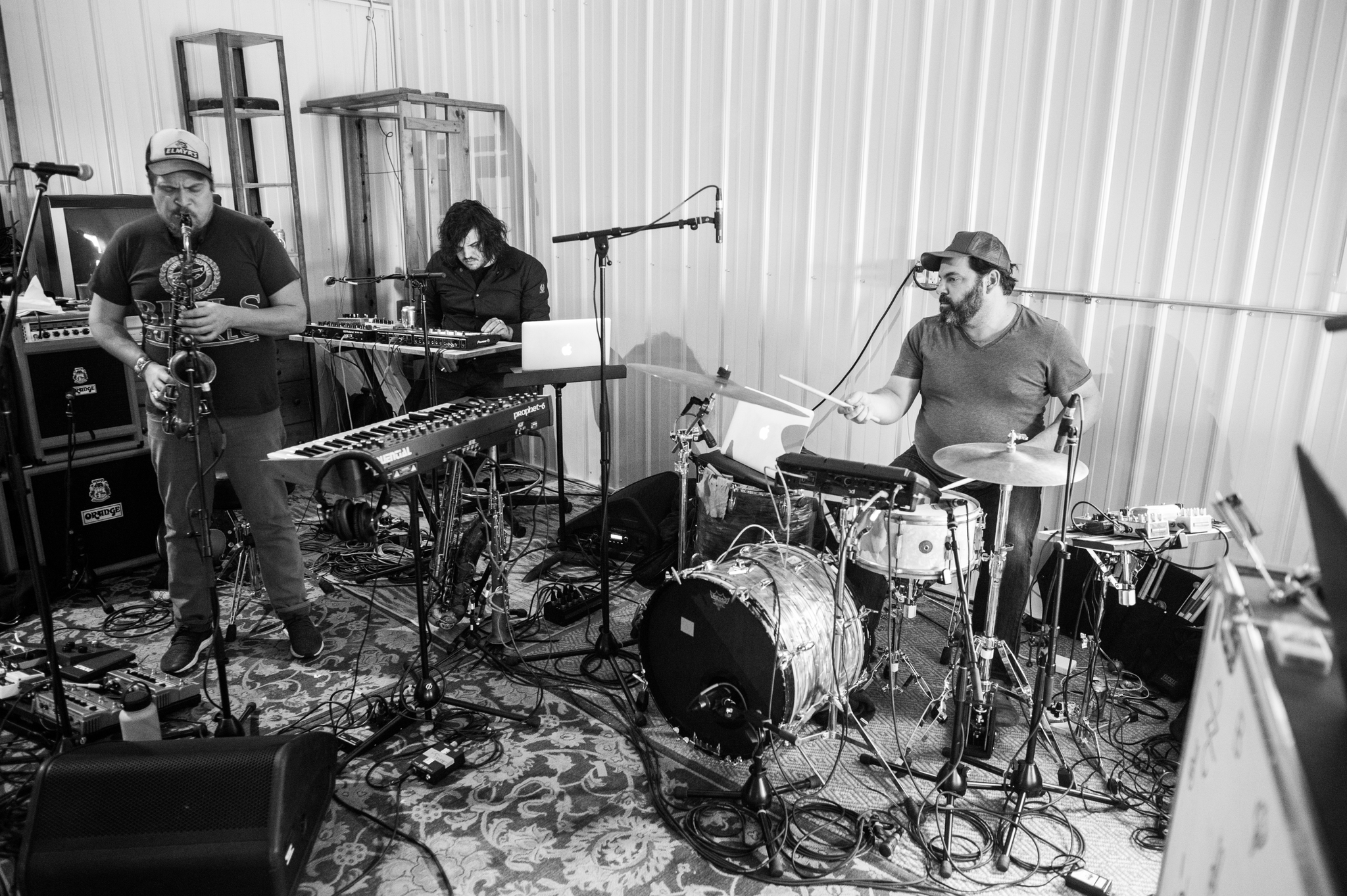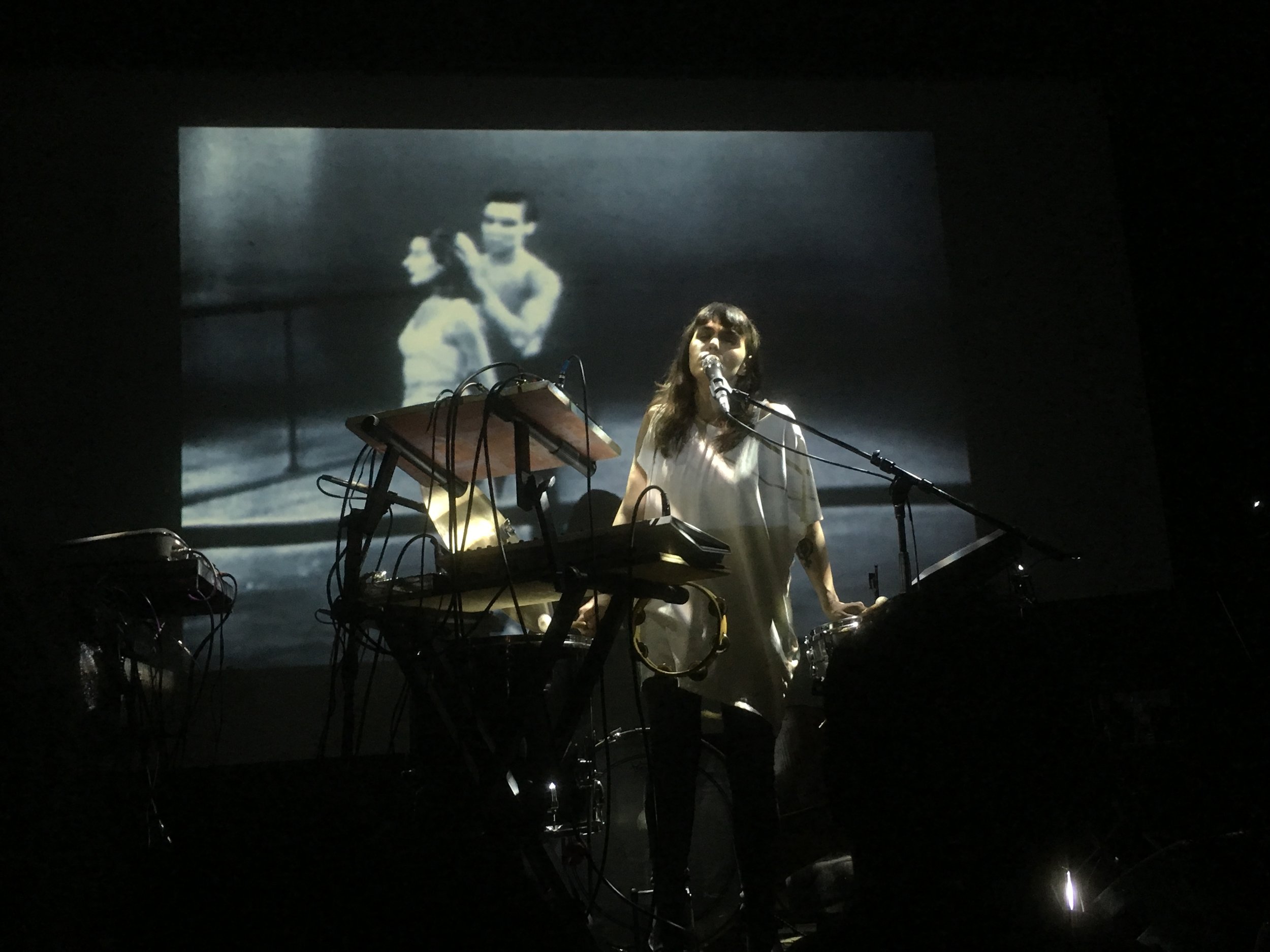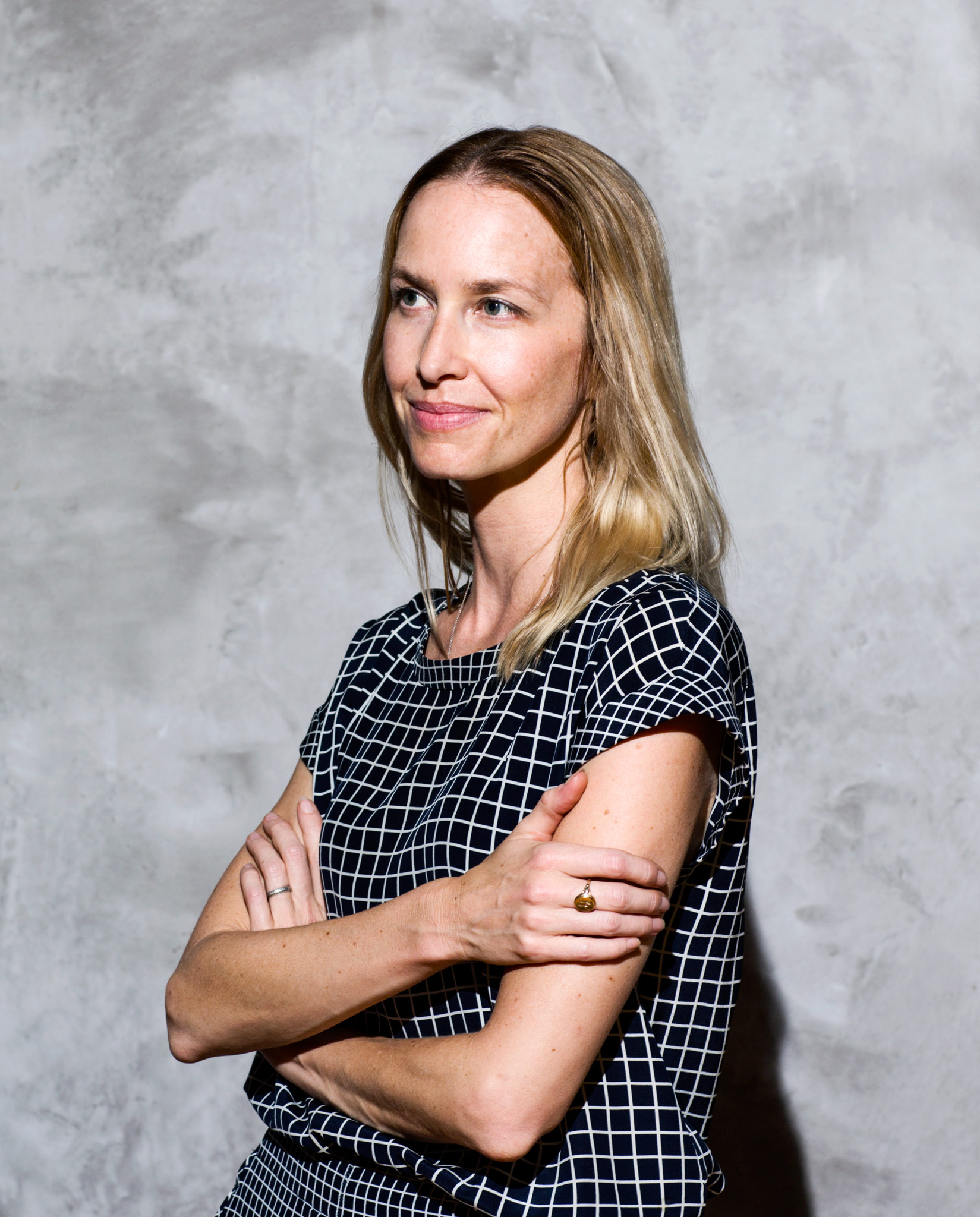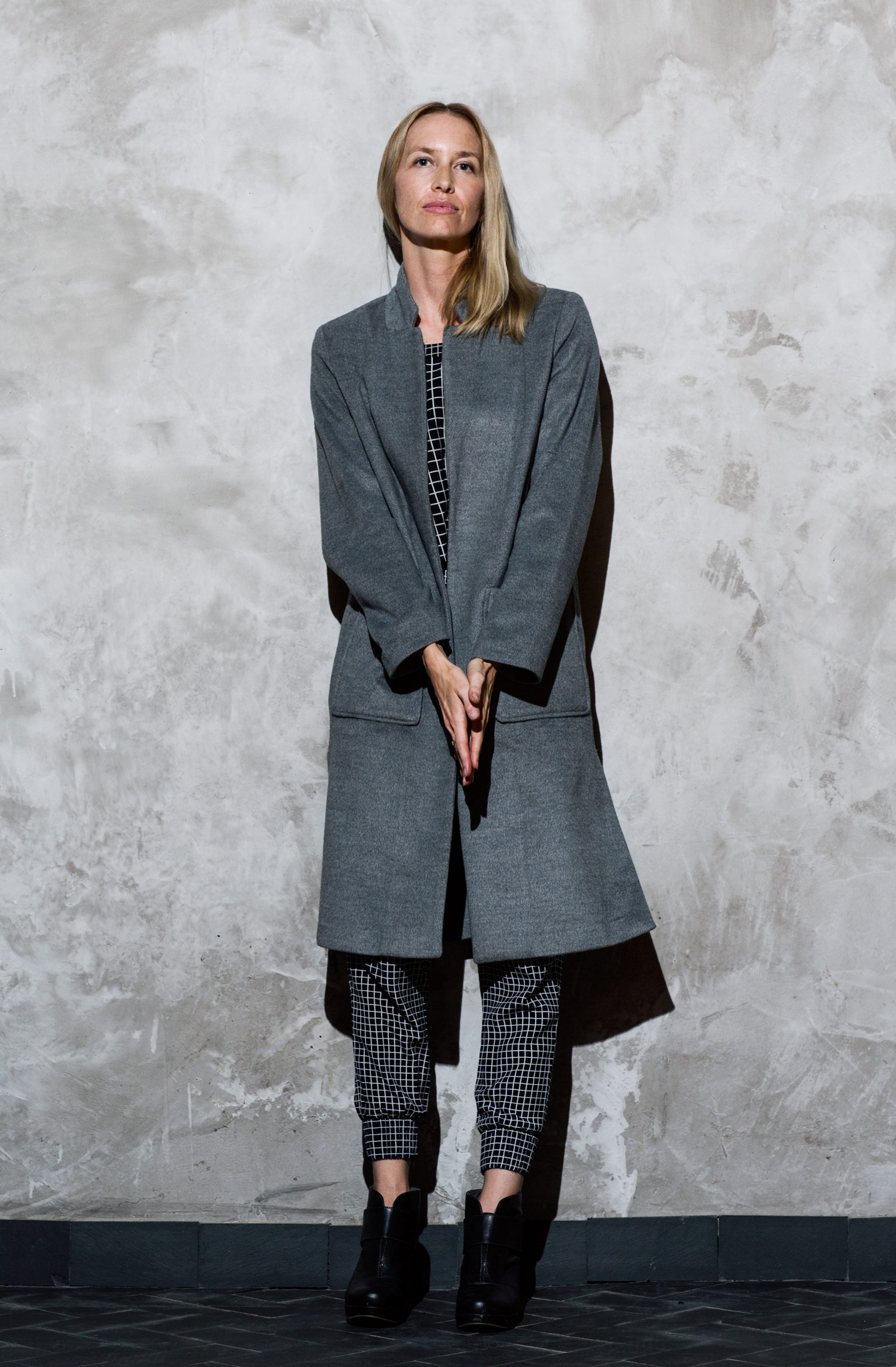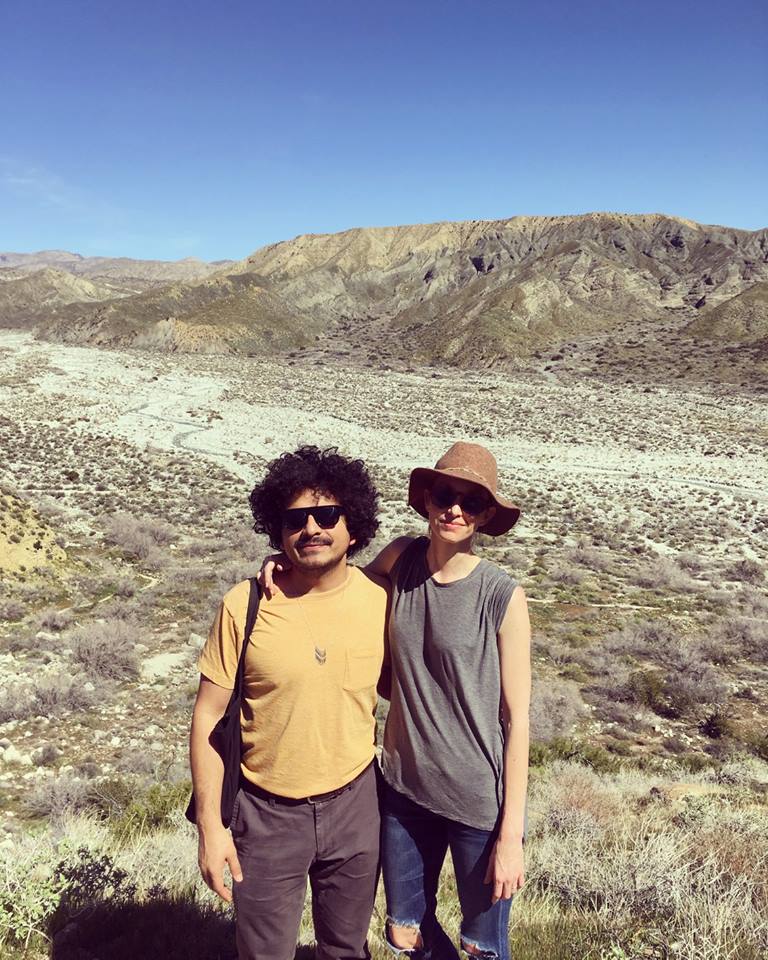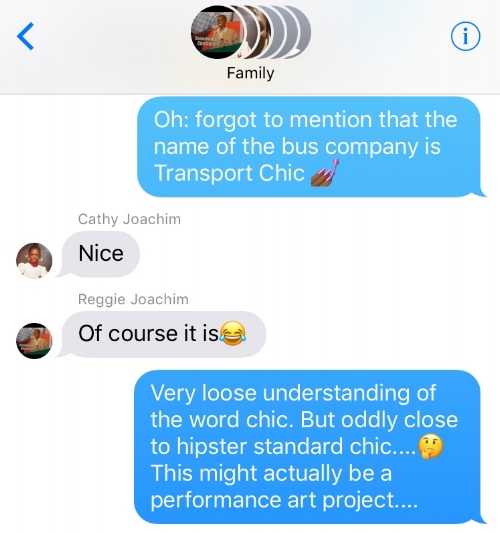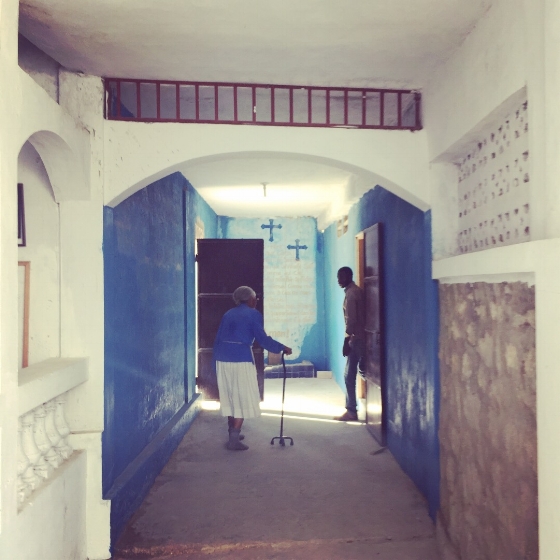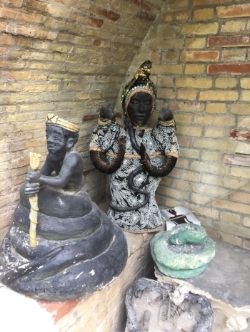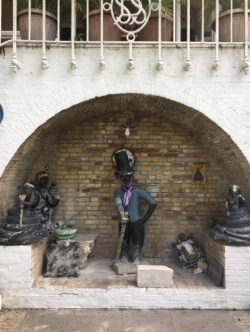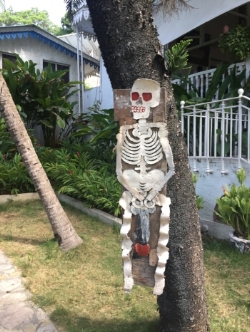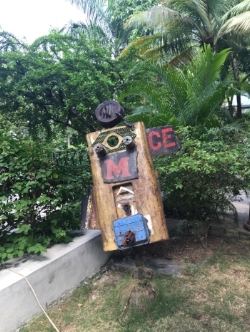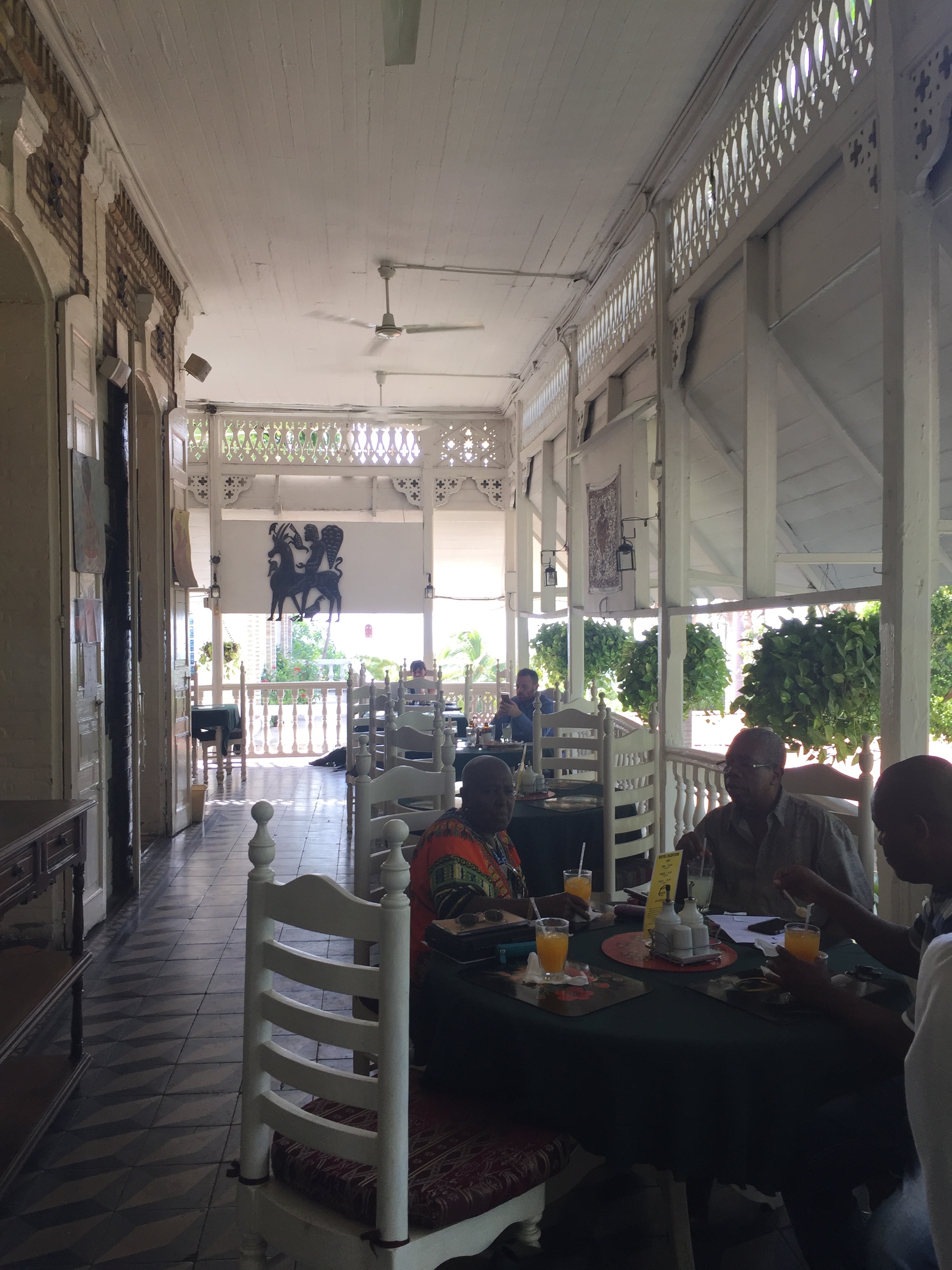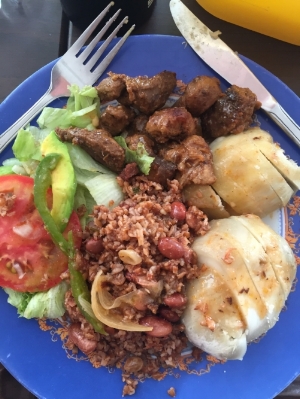On March 20, 2018, Liquid Music presents composer, sound artist and writer Brian Harnetty to perform his composition Shawnee, Ohio. Described by The Wire as "breathing new life into old chunks of sound by radically recontextualising them", Shawnee Ohio evokes a historic time and place through the present act of sound archives, field recordings, and live musicians. In this essay, Harnetty reflects on his family background, the significance of Shawnee, and his process in creating the piece.
Photo by Kevin Davison
In 1872, my mother’s ancestors immigrated as Welsh coal miners to a town called Shawnee in Appalachian Ohio. Located in what is now the Wayne National Forest, my family experienced a series of booms and busts that resulted in labor strikes, underground mine fires, and the formation of the United Mine Workers. Shortly after my grandfather Mordecai Williams graduated from Shawnee High School in 1925, the whole family moved away, caught between a regional mining bust that would never recover and the Great Depression yet to come.
By Jonathan Johnson
Almost a century and a half later, I continue to return to and evoke this region as the core subject of my work. Since 2010, I’ve been regularly visiting Shawnee. The streets are lined with two story buildings with upper porches and are being held up by the community of people that remains there after a century of economic decline. I’ve developed friendships with local residents, accompanied them on their jobs, and attended social events and festivals. I’ve also observed protests over the region’s most recent boom, hydraulic fracturing, or “fracking.” Much like the author bell hooks, I “return again and again” to the homes of my family, searching for ways to deeply understand and help protect the soundscape and its people.
My piece Shawnee, Ohio gets its musical and visual material from these visits. One day, I asked a local historian if there were any sound recordings. Rummaging through a closet in his office, he produced a box of about forty cassette tapes. They were mostly recorded by him in the 1980s. The tapes contain oral histories of a generation of people now gone.
On these tapes I hear memory, laughter, embarrassment, music, forgetting, sorrow, friendship. I hear about everyday events—births, work, loves, deaths—directly and without mediation. I hear Jim Bath describing Shawnee, building by building; an unknown boy interviewing his grandmother about men who died in the mines; and Neva Randolph, soulfully singing of hope and change, even while on her own death bed. These people speak and sing in their own voices, unrehearsed. They are not famous or wealthy. Their agenda is to share, to remember, to learn, and to find ways to move forward.
“In ‘Shawnee, Ohio’ and all of my work, I contend that the simple act of listening—to places, people, to their stories and their sonic pasts—can transform their futures.”
Now, after 80 years of environmental recovery, the region and the forest are once again under threat. New fracking leases on public lands are greatly expanding gas and oil extraction there. Needless to say, the region is deeply divided politically and socially over fracking and energy extraction. Residents find themselves caught between the promise of jobs—however temporary—and fighting to end centuries of environmental degradation.
I cannot lay claim to these places and people; I don’t pretend to be a spokesperson for them or the region, nor can I identify as Appalachian. However, in Shawnee, Ohio and all of my work, I contend that the simple act of listening—to places, people, to their stories and their sonic pasts—can transform their futures. In this way, the lament of Sigmund Kozma as he describes a 1930 mine disaster becomes a cautionary tale for today, and the sung protests of Jack Wright against fracking evokes a spirit of hope that has stubbornly persisted for generations. Through listening, this project asserts the key to social change here necessarily involves connections and discussions over this shared past, the land, and the forest: public lands that can be reclaimed through many different voices of dissent.
By Jonathan Johnson
Harnetty will perform Shawnee, Ohio at Mairs Concert Hall at Macalester College on Tuesday, March 20, 2018 at 7:30pm. Purchase tickets here.
Follow Brian Harnetty:
Website: http://www.brianharnetty.com
Twitter: @bharnetty
Instagram: @bharnetty
Facebook: facebook.com/Brian-Harnetty
Follow Liquid Music for Updates and Announcements:
Twitter: @LiquidMusicSPCO
Instagram: @LiquidMusicSeries
Facebook: facebook.com/SPCOLiquidMusic

